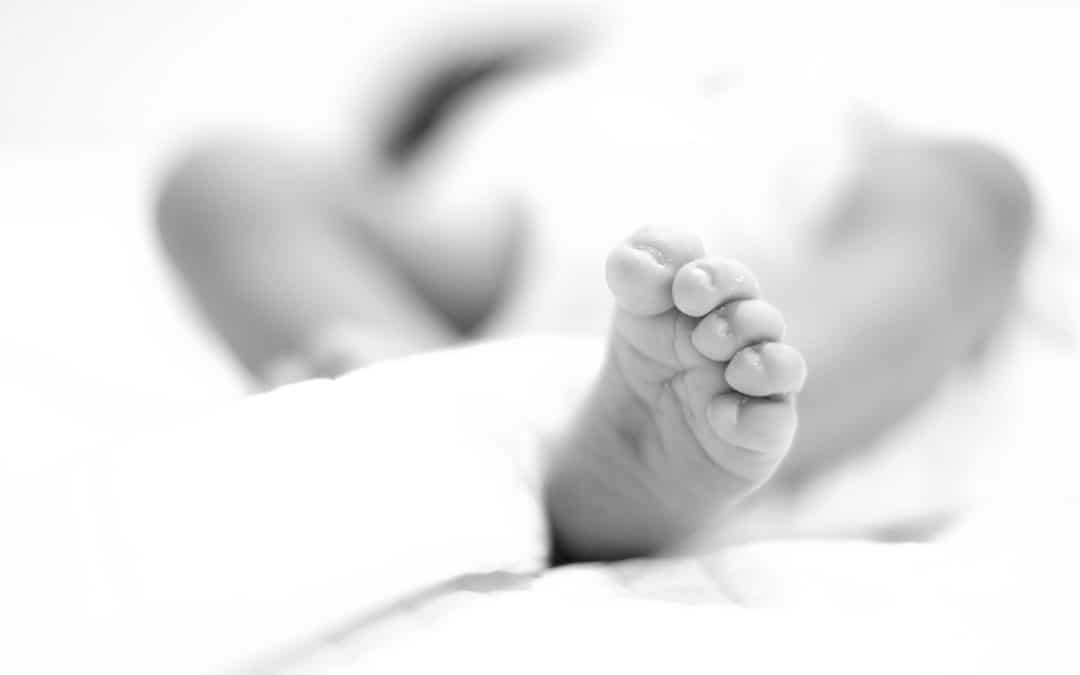News reports are emerging today about a case of suspected non-accidental injury where the child was found to have a rare condition called Ehlers Danloss Syndrome (EDS) that could have accounted for the injuries.
ITV report the case here : Baby removed from parents over ‘abuse’ is found to have rare bruising condition
The report seems pretty accurate and to draw out the key points. The judgment itself if very long and goes into some quite technical, detailed medical evidence. For those who wish to read it see : Buckinghamshire County Council v Andrew & Ors [2017] EWFC B19 (26 April 2017).
The judgment demonstrates the significant amount of time and resources that went into trying to get to the bottom of what had caused baby Effie’s collapse as a 5 month old baby. The court heard from six experts of various different disciplines, all recognised as experts in their particular fields. Boiling it down (a lot) the experts all agreed that the discovery that Effie (and her mother) suffered from EDS (Type IV) made this a very unusual and complicated case with no easy answers. Boiling it down even more, most of the experts took the view that the condition could possibly explain the presence of the “triad” symptoms that Effie had presented with (the “triad” is a collection of three things which are often seen in cases of suspected shaking or non-accidental head injury : subdural haemorrhage and retinal haemorrhage and encephalopathy. Just because a child presents with these three signs doesn’t mean that they have been shaken, but it is a recognised flag that will put professionals on alert). One expert didn’t think that the condition could explain the injuries from his perspective (neuroradiology).
So what did the court decide?
The court didn’t specifically decide that the condition caused the symptoms, but it became clear by the end of the evidence that the fact that Effie had that condition meant that it was very difficult to say that the symptoms weren’t entirely innocent and caused or contributed to by her condition. Everyone agreed, having heard the expert evidence that it would not be possible for the court to say that it was more likely than not that the injuries were caused by some sort of shake or abusive head injury : that is to say it couldn’t be proved. Before concluding that this was the case (at the invitation of social services) the judge quite properly went through all the evidence and considered the position. He agreed. The judge considered not just medical evidence but all the other context, including the fact that there were no other signs or warning flags of abusive care (such as bruising on the trunk of the body), and no other concerns about the parents, who were loving parents who conducted themselves entirely appropriately throughout.
It is important to recognise that although the Local Authority brought the case to court (quite rightly as everyone including the parents accepted) so that the court could gather and consider the evidence, once that evidence had been heard they quite properly didn’t press the court to make findings – indeed they sought permission to withdraw the whole case, meaning Effie would go home. Because it was genuinely not understood how Effie had come to collapse and one possible explanation was inflicted injury, Effie had been in foster care whilst all this was worked out. This must have been very difficult for her parents to cope with, but from the judgment they coped admirably well with it and formed a positive working relationship with the foster carer. Effie will now go home. With that in mind, ITV’s line that “Social services bosses had been attempting to have little Effie put into council care after she collapsed when about five months old in August 2016.” doesn’t quite convey that this was neither a case of a Local Authority gunning” for removal nor one of hostile parents.
Isn’t it unusual for all the family to be named?
Yes, it is very unusual and is usually only done for a very specific reason. Here it was at the request of the family, who no doubt wanted to raise awareness of the potential for EDS (or certain types of EDS) to cause symptoms which may be mistaken for inflicted / shaking injuries.
The only other case of this sort we can think of where the whole family were named is the case of Ellie Butler where, after her father was exonerated of causing her head injury, Mrs Justice Hogg published a judgment setting out the reasons for positively exonerating the father (i.e. saying he had NOT caused the injury, rather than simply saying as in this case that the allegations of infliction were not proved), naming both parents, Ellie and her sibling. That judgment is no longer available online, probably to protect the identity and placement of Ellie’s younger sibling, following Ellie’s tragic death.
Where can I find out about Ehlers-Danloss?
Ehlers-Danloss Syndrome is quite rare, tends to run in families, and has several different types with a range of variable symptoms (Effie had type IV). It is a connective tissue disorder and causes symptoms like easy bruising or bleeding and hyper-mobility (double jointedness to you and me). It does come up from time to time in this sort of case along with various sorts of rare blood disorders, that lawyers will often ask experts to test for in cases where it is thought a child may have been shaken but where the parents deny this is so. The writer of this post has dealt with cases in which EDS Type IV has been diagnosed and has been held to have been the cause of triad type symptoms and bruising so it is rare but not unprecedented.
More information can be found here or here.
Feature pic : (baby’s foot) courtesy of Abhijit Chendvankar on Flickr (via Creative Commons Licence) – thanks!

Trackbacks/Pingbacks